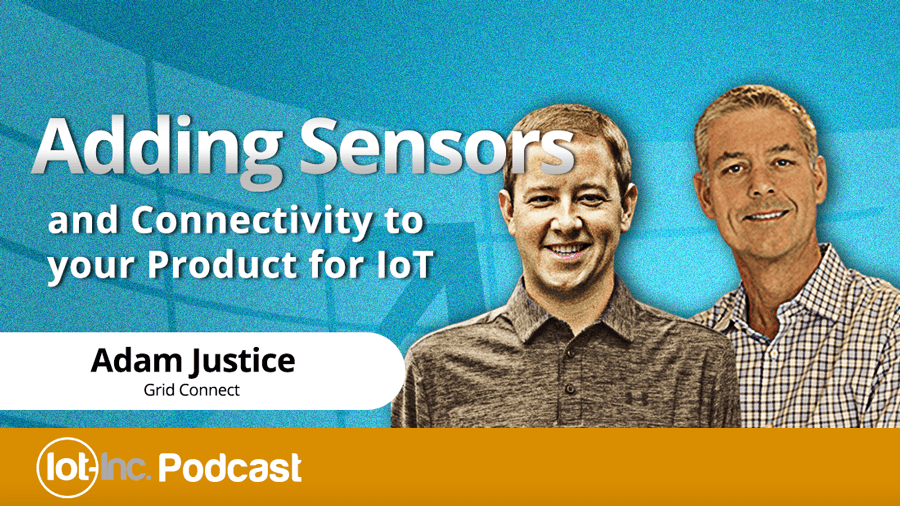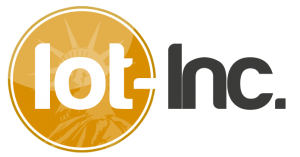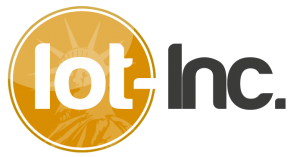22 Oct Adding Connected Sensors to your Product for IoT

Episode 1
Want to connect your product to the Internet of Things? The first step is giving it senses and then connectivity to the Internet of Things. In this episode of the IoT Inc Business Show, I speak with Adam Justice, a second generation sensors guy who takes us through the two main approaches to get your products, assets or environment on to the next generation Interweb, known as the Internet of Things.
In this episode of the IoT Inc Business Show, I speak with Adam Justice, a second generation sensors guy who takes us through the two main approaches to get your products, assets or environment on to the next generation Interweb, known as the Internet of Things.
Adam is vice president and general manager of Grid Connect, a manufacturer and distributor of networking products and wireless sensors and he is responsible for developing the vision for their ConnectSense wireless sensor product line.
Adam takes us through the numbers and shares his practical experience so you can decide what approach is right for you. Of course all IoT projects like these need to start with the IOT BIZ PLAN ©. As part of that plan you must be able to demonstrate a positive ROI. This episode will give you a high-level understanding of what needs to be done and the investment it’s going to take to get your product sensing and talking (just step 1). The Return part is left up to you.
Here’s What We’ll Cover in this Episode
- Business questions to ask when deciding retrofit vs. embedded.
- Situations when retrofitting sensing/connectivity is a great way to get something to market quickly and stay competitive.
- Why the first approach is often an add-on box that adds connectivity options and control to a current device then work on a strategy to build functionality into future generations of the product.
- When retrofitting doesn’t make sense because of expense or effort – the metrics to be aware of and the characteristics of the product that kill this approach.
- Criteria for when a bolt-on or retrofit makes sense.
- General cost for an IoT add-on box to be sold with your product.
- High-level steps to embedding sensors/connectivity.
- How you find the sensors you need and the homework you need to do first.
- Advice on how to work with a third-party to help with sensor selection.
- Costs associated with sensor selection.
- Sensor business models.
- Approach of fog vs. cloud computing – when each makes sense.
- Adam’s thoughts on standard bodies, consortiums and associations.
- Back-end consideration of your IoT cloud or platform.
- Thoughts on data ownership – what Adam calls the sawdust model
Mentioned in this Episode and Other Useful Links
Support this Podcast
If you have been enjoying this podcast, there are a few ways you can support it:
- Share it on social by clicking on the widget on the left or bottom of the page.
- Click here to open iTunes and leave a one-click review or write your thoughts.
- Consider becoming a Certified IoT Professional by enrolling in the ICIP online training program.

Ways to Subscribe to the IoT Business Show
Like what you hear? Subscribe to get each episode delivered to your device via iTunes, Spotify, Google Play, Stitcher Radio or RSS (non-iTunes feed).
Have an opinion? Join the discussion in our LinkedIn group
What are your thoughts on retrofitting existing products into connected products?
Click here if you have an opinion on this podcast or want to see the opinion of others





